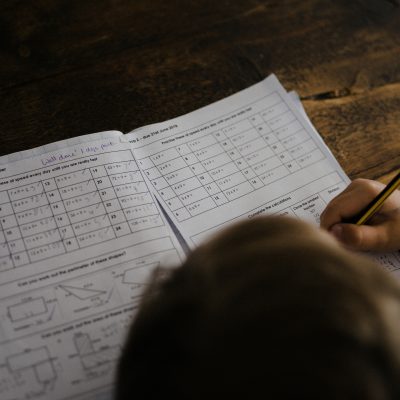A Teen Guide To Understanding Love
Love is one of the most common feelings in the entire world, but how do we differentiate the loves we feel? What makes the bond between a partner or a friend so different? Love should be understood and appreciated in all of its forms and never misunderstood for another. Knowing how you feel about someone lets you weave through a bunch of misunderstandings that are bound to happen if you just don’t know. Knowing helps you emotionally digest your feelings with some sort of control over yourself. Knowing stops the misunderstandings that form if you know how you actually feel. Love should be recognized, differentiated, and known. Romantic, platonic, and familial, these types of love are a summary of the multiple forms of love combined into one understanding.
Romantic Love
Romantic love might sprout from a casual crush, a long-time friend, or a random stranger on the street. Even though romantic love is often portrayed as a dream come true, it’s often not received well when in realization. Romantic love is hard to navigate, understand, or come to terms with. Depending on the situation, it might even feel disgusting. But love shouldn’t feel like that; it might feel nerve-racking or hard to understand, but it should never be something to find fault in. Love shows the ugly and the beautiful in people and some more than others. Love can make you feel jealous, angry, depressed, or confused, but it can also make you feel rejuvenated, hopeful, and happy. You shouldn’t stay with someone who makes you feel the exact opposite or treats you like you’re gum stuck under their shoe. When you love someone, you should also love and respect yourself enough to leave. You might have your whole life ahead of you to figure this out, but trust me when I say it’s something worth experiencing.
Platonic Love
Platonic Love is the love you’d feel for a close friend or just something in general. Platonic love is closely related to romantic love but it’s solely based on friendships. Friend crushes are formed because you yearn to be someone’s friend, not partner. This type of love also borders familial love because of how close you might feel to the person, but familial love is quite different. Friendships are the start of platonic feelings and are usually acquainted with close friends and take time to form. Friendships should not be taxing or transactional because you should be friends with someone who truly cares about you as a person, and you should do the same for them. Taking time out of your day to call, text, or hang out with your friends is a way you can maintain your close friendships because falling out mostly happens because of lack of contact. When it comes to platonic love, being sincere and yourself is the best way to get it and receive it in its purest form.
Familial Love
Even though familial love is branded for family bonds, it can also be felt for close friends or even pets. Familial Love is when you love someone as if they’re your own blood. You don’t get the butterflies you might feel with a romantic partner or the rush of adrenalin you might feel with platonic friendships, but you get the silent warmth of company, knowing that someone is always there for you. Familial love, like romantic love, doesn’t have to be loud or flashy to show that you care, and it doesn’t have to be whispered secretly in the silence of your room; it’s just understood. But it should not be taken for granted. Trust is the main pillar of feeling like family and loving someone as if they’re your own. Familial love is the transcendent of platonic love because of how much trust you have to build up between that person during that time. Betrayal hurts more with someone who is like family because of the trust you’d have to have in them. Family or friends might be one of the closest things to you, but you always have the right to cut anyone out
This article was written in partnership with Steppingstone.










